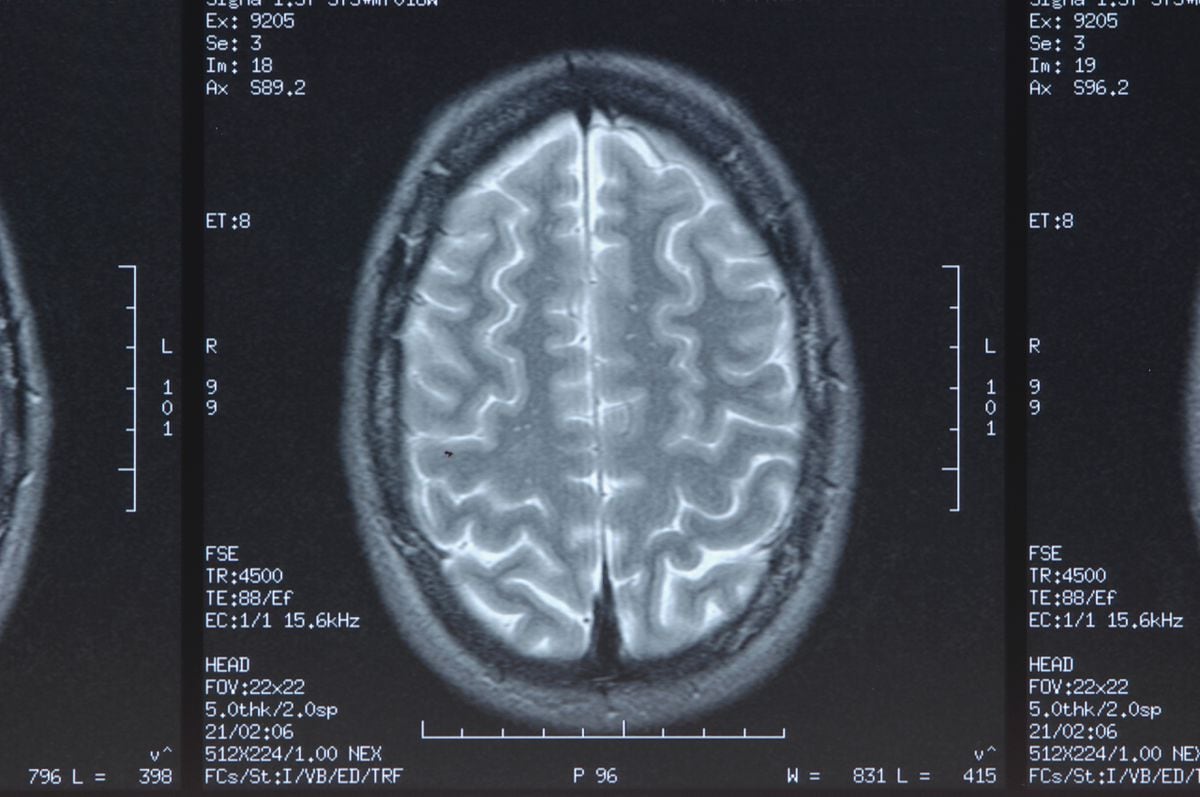Many advances in neuroscience have come about thanks to rigorous mathematical analysis. For example, Alan Hodgkin and Andrew Huxley used differential equations to describe action potentials, which transmit information between neurons, which earned them a Nobel Prize in 1963. It is now increasingly common to use mathematical tools to analyze geometry…
Subscribe to continue reading
Read without limits
Many advances in neuroscience have come about thanks to rigorous mathematical analysis. For example, Alan Hodgkin and Andrew Huxley used differential equations to describe action potentials, which transmit information between neurons, which earned them a Nobel Prize in 1963. Now it is increasingly common to use mathematical tools to analyze huge amounts of data. which is obtained. Beyond this, using basic mathematical principles, it has been possible to support conjectures about brain function that have been made for decades or centuries.
These are relevant hypotheses that have widespread support in society, despite the addition of little experimental evidence or the fact that there are still no specific mathematical arguments. They are reminiscent of famous conjectures – such as Fermat's Last Theorem or the Riemann Hypothesis – that challenge several generations in search of rigorous confirmation.
An example is the predictive brain hypothesis: much of our cognitive abilities result from evolutionary pressure to anticipate our environment. Great success of calls Large linguistic models (LLM), such as ChatGPT from OpenAI or LlaMa from Meta, supports this idea. Their astonishing “intelligence” results from a single task: maximizing the probability of getting the next word correct, given incomplete text. This indicates that prediction allows the development of advanced cognition. It remains to be known, in addition, whether cognitive abilities always require this type of skill.
Another example that has just gained mathematical support is the hypothesis that greater cognitive complexity leads to lateralization, or breaking of the brain's mirror symmetry. This idea has been accepted almost since the beginning of neuroscience (throughout textbooks and popular science books). More than 150 years ago, the discovery of Broca's area (responsible for language generation) confirmed two closely related facts of the brain: that there is localization (i.e. that different areas carry out different tasks) and that it is asymmetric, because this area is usually located in the left hemisphere. This led to the belief that siderealism results from advanced human intelligence. Over time, examples of asymmetry have been discovered in many other species, alleviating the hypothesis that greater cognitive complexity exerts evolutionary pressure toward the lateralization of the brain.
Until recently, this was supported only by anecdotal observations. More experimental evidence is difficult to obtain due to the challenge of measuring brain asymmetry and measuring cognitive complexity. Moreover, there was no appropriate theoretical framework that would allow us to pose the conjecture—not just answer it—in a rigorous way.
New work published in Physical review This framework presents and presents a strong mathematical argument supporting the hypothesis. To do this, a mathematical model inspired by complex systems science is used, where neural modules and circuits are reduced to abstract units. These modules include the complexity of emerging cognition, the potential for neural circuits to make errors, and the costs of using these circuits, such as the metabolic expenses of interhemispheric coordination, or the energy dissipated by any irreversible process.
The key to a mathematical argument lies in the conflict between so-called logical operators, which are mathematical expressions whose result is a logical value (true or false). We start from a simple cognitive task, which can be solved using an irreducible neural circuit, i.e., it cannot be divided into subtasks. The brain can use one copy of this circuit, located in one hemisphere or the other (to which the logical operator is assigned XOR); Using two coordinated copies of the same circuit, each located in a hemisphere (which the expression refers to). And); Or some intermediate composition (or). The first option is cheaper, but the second may be more robust against nerve cell failure.
With all possible configurations, a utilitarian calculation is made that takes into account costs and benefits. This allows the creation of a map detailing when lateral solutions are preferred over symmetric solutions based on the model parameters, namely costs and error rate. The first consequence is that there are no intermediate formations: there will always be a duality or complete break in symmetry.
The second result, and with it the solution to the central hypothesis, emerges when complex cognitive tasks are considered. In the model, these tasks consist of different subtasks and require the implementation of complex circuits. This results in a process And Recursion: To take advantage of advanced knowledge, it is necessary to execute one subtask, and another, and another, and so on without errors. By introducing this new factor into the utilitarian calculation, the map is changed: regions previously demanding bilaterality begin to favor lateralization, strongly demonstrating the existence of evolutionary pressures that lead to a loss of brain symmetry with increasing cognitive complexity.
A region also emerges that favors lateralization for simple tasks, but requires duplicate circuits for complex tasks. Thus, cognitive complexity can promote the evolution of new iterations, acting as an evolutionary engine that generates or breaks homologies in complementary conditions. The mathematical framework indicates when each eventuality will occur, according to the metabolic expenditure of the neural substrate, its error rate, and the complexity of the expected task.
These mathematical conditions, and the inescapable structure of some abstract objects, constrain the physical reality and biological embodiment of our cognitive abilities.
If we take the mathematics seriously, it is possible to restrict possible and possible designs to the neural substrate and the corresponding mental representations. As more experimental evidence arrives, this central hypothesis of neuroscience now rests on a robust analytical framework.
Louis F. Siwan He is a researcher The Supreme Council for Scientific Research at the National Center for Biotechnology And part of Interdisciplinary Group for Complex Systems in Madrid
Garnet Timon J. Longoria She is the coordinator of the Sports Culture Unit at the Institute of Sports Sciences (ICMAT).
Coffee and theories It is a section dedicated to mathematics and the environment in which it is created, coordinated by the Institute of Mathematical Sciences (ICMAT), where researchers and members of the center describe the latest developments in this discipline, share the intersections between mathematics, other social sciences and cultural expressions and remember those who contributed to its development and knew how to transform coffee. To theories. The name evokes the definition of Hungarian mathematician Alfred Rennie: “A mathematician is a machine that turns coffee into theorems.”
You can follow Theme in Facebook, s And Instagramor sign up here to receive Our weekly newsletter.

“Beeraholic. Friend of animals everywhere. Evil web scholar. Zombie maven.”

:quality(85)/cloudfront-us-east-1.images.arcpublishing.com/infobae/Z2R4TIVAEVAG7GKMSQXGRR4FJE.jpg)
:quality(85)/cloudfront-us-east-1.images.arcpublishing.com/infobae/2CRA3SL3DBAYPBOICNHV35AXHA)




More Stories
How did the last ice age shape human survival and what lessons does it leave for the future?
Jeff Bridges admitted that he does not think much about his cancer: “My health is fine.”
This atomic clock is ridiculously and shockingly accurate. Plus, it's built like a tank